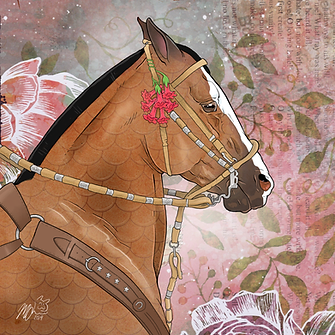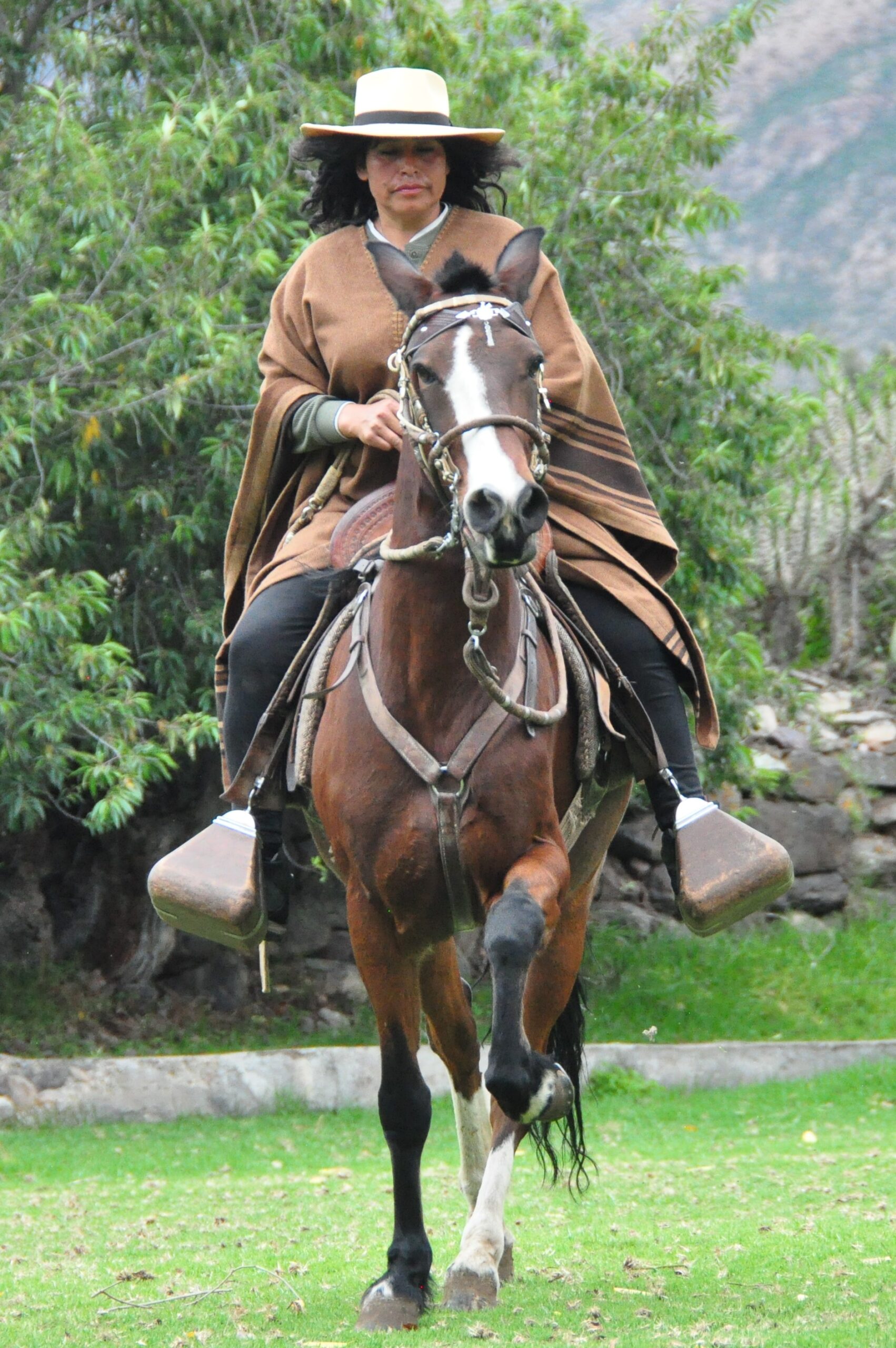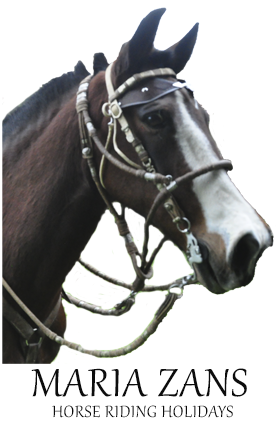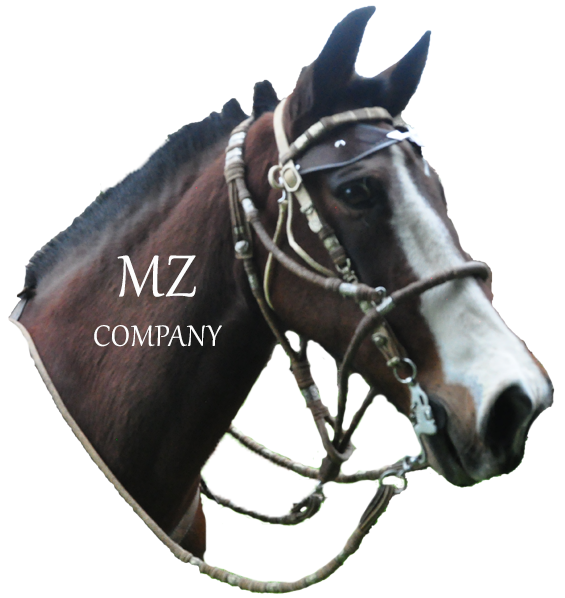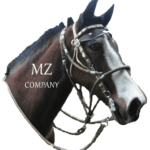PERU'S BEST KEPT SECRET
The Peruvian Paso Horse
Because of its isolation for almost 500 years, the Peruvian Paso horse has evolved as one of the purest breeds in the world and as a unique entity in the horse kingdom. The existence of this breed has been called «the greatest triumph of genetic selection ever achieved by a group of breeders». The trademark of this breed is a special, inherited, and completely natural four-beat lateral gait called Paso Llano (a contraction of Paso Castellano). Thanks to its exquisite, innate and ground-covering gait, the Peruvian Paso horse is undoubtedly the smoothest riding horse in the world.
Origin
Modern Peruvian horse descends from the horses introduced into Peru by the Spanish in the sixteenth century. The Spanish Conquistadors brought with them both Hacks (amblers) and Chargers (trotters) of the same breed to the New World, and as recorded in the Archives of the Indios, the Spanish horse, the classic Andalusian, was a breed consisting of Galician (Celtic) horses of the North, Sorraia, and Barb of the area that is known today as Morocco, Tunes and Libya.
The experts agree that the first major shipment of horses to the New World was in 1493 on Columbus’s second voyages. Francisco Pizarro and his 160 men who captured the Inca Atahualpa in November 1532 brought 62 horses with them. To these were added the 84 animals brought by Diego de Almagro after the imprisonment of the Inca, the horses belonging to the armies of Sebastian de Benalcazar and Hernando de Soto. These horses were the original ancestors of the Peruvian horse.
It is interesting to note here that during the last 500 years of Spanish history, successive Royal Edicts for its breeding brought about substantial differences in the present-day Andalusian horse and that which accompanied the Spanish Conquistadores. Particularly during the reign of Phillip II, the Spanish horses were cross-bred with German and Danish horses resulting in significant changes in their basic characteristics.
In Peru, the ‘original’ Andalusian horse brought by the Spaniards has kept most of the characteristics that made the Andalusians so valuable during the conquest of South America.
No outside blood has been introduced into the Peruvian breed, as there was no need to cross with other breeds to produce taller, heavier or faster horses, as was the case in other countries such as Mexico, Argentina or the United States.
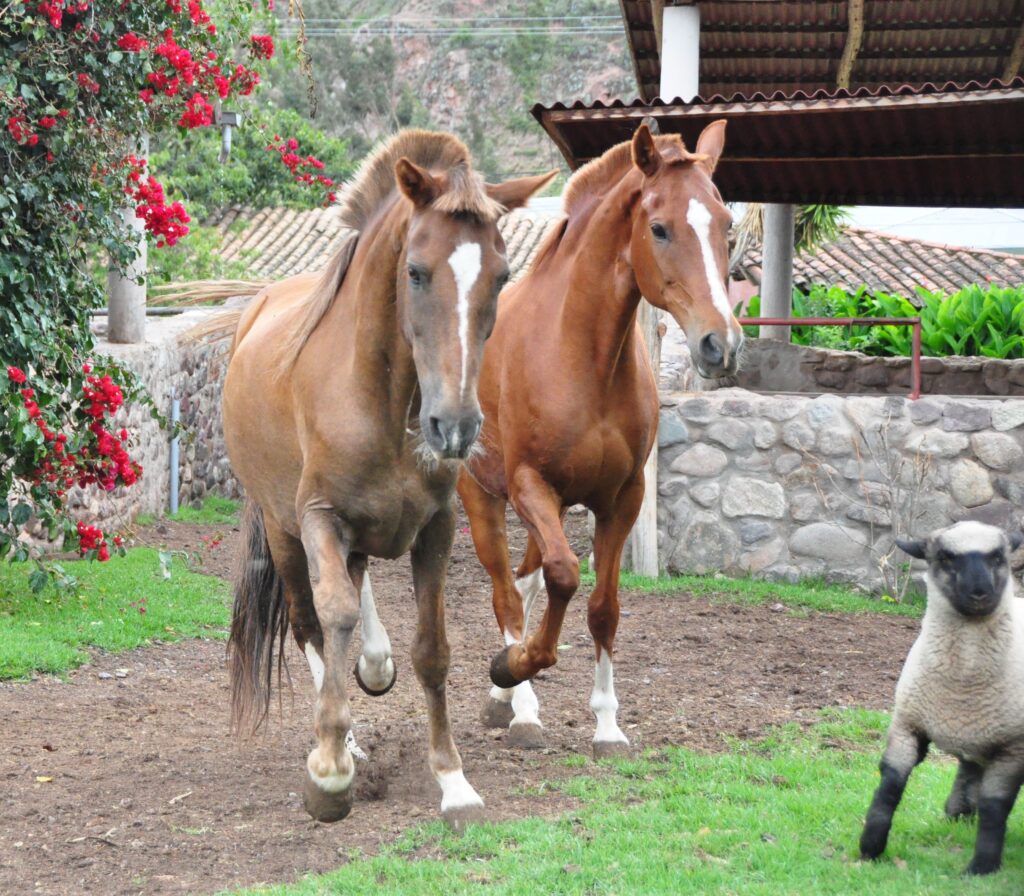
– Julie Suhr
Equestrian Legend Julie Suhr has broken records in Endurance competitions. Since her first ride in the world-renown 100-mile Tevis Cup (on a Peruvian Paso mare), Julie has completed twenty-two times out of twenty-nine starts. The one-hundred-mile, one-day Tevis Cup Ride is recognized as the most challenging endurance course on earth.
